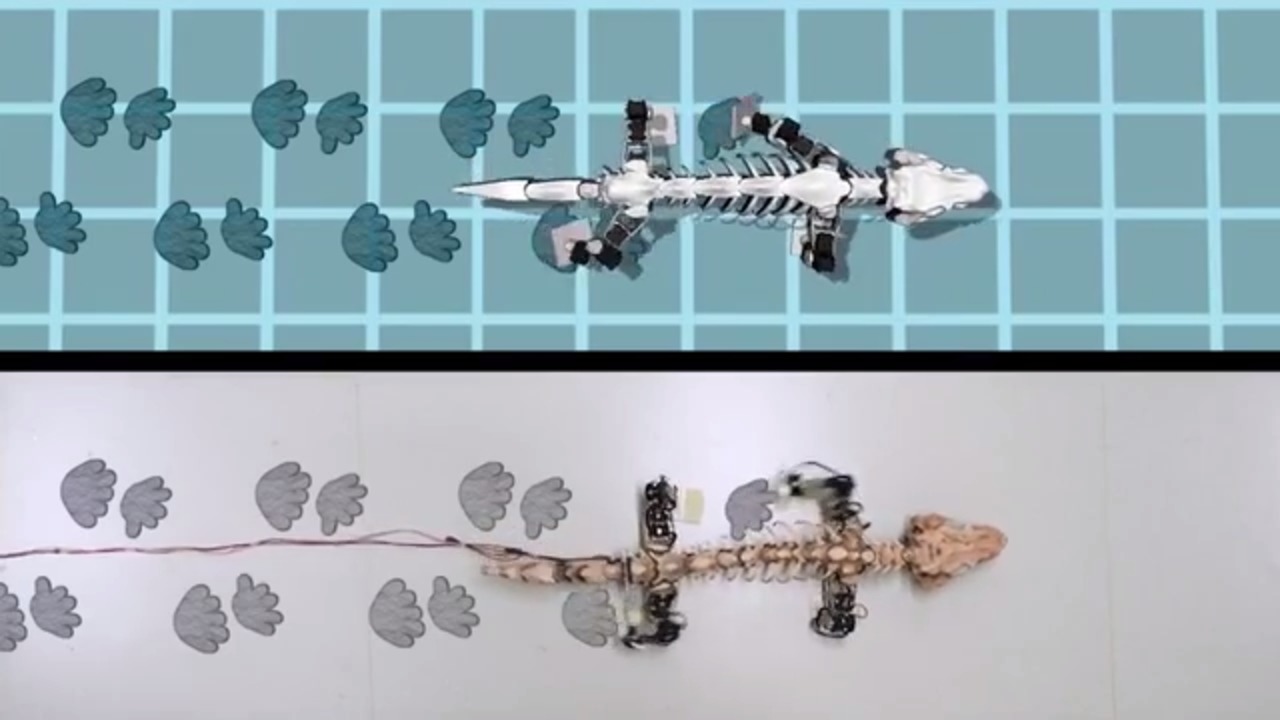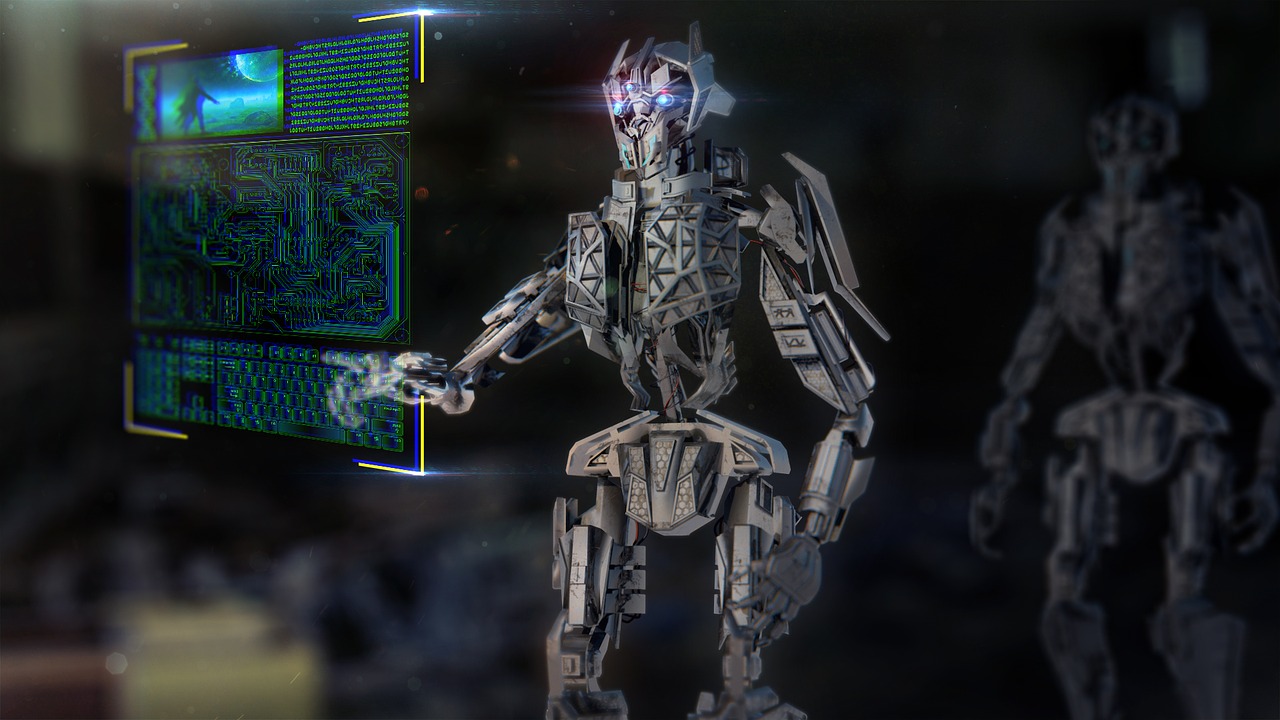
Technology helps us understand our past more clearly and it solves many scientific dilemmas. This time, a robot was used in order to figure out how a 300-million creature used to walk. The fossil is 290 years old and it has been discovered back in 2000 in central Germany’s Bromacker quarry.
John Nyakatura, evolutionary biologist at Humboldt University in Berlin researched the fossils for years. It appears that the bones belong to a creature that lived before the dinosaurs, and it is believed that it was a stem amniote which means that it was an animal that dwelled on land before evolving into something new. The fossil is called Orabates pabsti and Nyakatura described it as a “beautifully preserved and articulated skeleton.”
Recreating its movement
In order to recreate the movements of the creature, Nyakatura worked together with robotics expert Kamilo Melo. You can find their results in the Nature journal, where they were published on Wednesday. A replica of the animal was created, and then scientists tested different movements in order to see which ones were anatomically possible.
Then they used a robot version that was a bit scaled-up. The name of the robot was OroBOT and it helped them “test real-world dynamics, to account for gravity and friction.” Andrew Farke, curator at the Raymond M. Alf Museum of Paleontology in Claremont declared that such technology is “giving us ever more compelling reconstructions of the past.”
Stuart Sumida is a paleontologist at California State University in San Bernardino and part of the initial team that found the Orobates fossils. According to him, the research offers “a much more confident window in to what happened long ago. It isn’t a time machine, but Nyakatura and colleagues have given us a tantalizing peek.”
Nora Reynolds is a major in biology and a minor in Biological Basis of Behavior, writing about science in general. She also likes to try new gadgets and sports about the AI new era.







